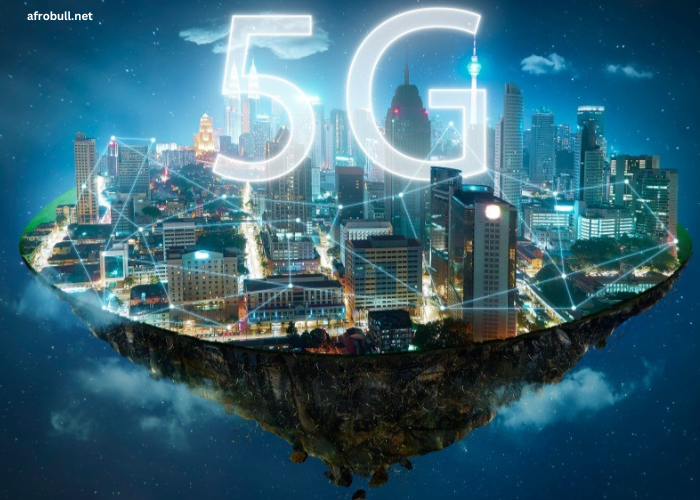The advent of 5G technology has been heralded as a revolutionary leap forward in the world of connectivity. As the fifth generation of mobile network technology, 5G is poised to dramatically reshape how we interact with technology, communicate, and conduct business. Its unparalleled speed, low latency, and massive connectivity potential are already paving the way for groundbreaking applications across industries.
The Key Features of 5G
What sets 5G apart from its predecessors are its core features:
- Ultra-Fast Speeds: 5G networks are capable of delivering speeds up to 100 times faster than 4G LTE. This enables instantaneous downloads, smoother streaming, and quicker access to cloud-based applications.
- Low Latency: With latency reduced to as low as 1 millisecond, 5G ensures near real-time responsiveness. This is critical for applications such as autonomous vehicles, remote surgery, and immersive virtual reality (VR) experiences.
- Massive Connectivity: 5G supports the connection of up to a million devices per square kilometer. This is a game-changer for the Internet of Things (IoT), where billions of devices need to communicate seamlessly.
Transformative Applications of 5G
The implementation of 5G technology is unlocking new possibilities across various sectors:
- Healthcare: 5G enables advancements like remote surgeries, real-time monitoring through wearable devices, and AI-powered diagnostics. High-speed and low-latency communication ensures that healthcare providers can deliver better and faster care.
- Transportation: Autonomous vehicles rely heavily on rapid data transmission. With 5G, vehicles can communicate with each other, infrastructure, and cloud systems in real time, enhancing safety and efficiency.
- Entertainment and Media: 5G is revolutionizing content delivery with high-definition streaming, augmented reality (AR), and VR experiences. Gamers, in particular, benefit from reduced lag and improved overall performance.
- Smart Cities: By enabling IoT, 5G supports the development of smart cities with connected infrastructure, such as intelligent traffic systems, energy management, and enhanced public safety measures.
- Industrial Automation: Factories and manufacturing units are leveraging 5G for automation, predictive maintenance, and remote operation of machinery. This leads to greater productivity and cost efficiency.
Challenges and Considerations
While 5G holds immense promise, its rollout is not without challenges:
- Infrastructure Requirements: The deployment of 5G networks demands significant investment in infrastructure, including the installation of numerous small cells and towers.
- Spectrum Availability: Limited availability of radio frequencies can hinder the expansion of 5G networks, necessitating efficient spectrum allocation.
- Security Concerns: With increased connectivity comes the risk of cyber threats. Robust security measures are essential to protect sensitive data and systems.
- Digital Divide: Ensuring equitable access to 5G technology is crucial to prevent further widening of the digital divide between urban and rural areas.
The Future of Connectivity
5G technology is just the beginning of a new era of connectivity. As the network matures, we can expect even more innovative applications, including advancements in artificial intelligence, machine learning, and edge computing. The integration of 5G with emerging technologies will drive unprecedented economic growth and societal progress.
In conclusion, 5G is more than just an upgrade in mobile networking—it is a transformative force reshaping the way we live and work. By addressing the challenges associated with its implementation, society can fully harness the potential of 5G to build a more connected and efficient world.

